The Porsche 911 Targa Florio Photo Book
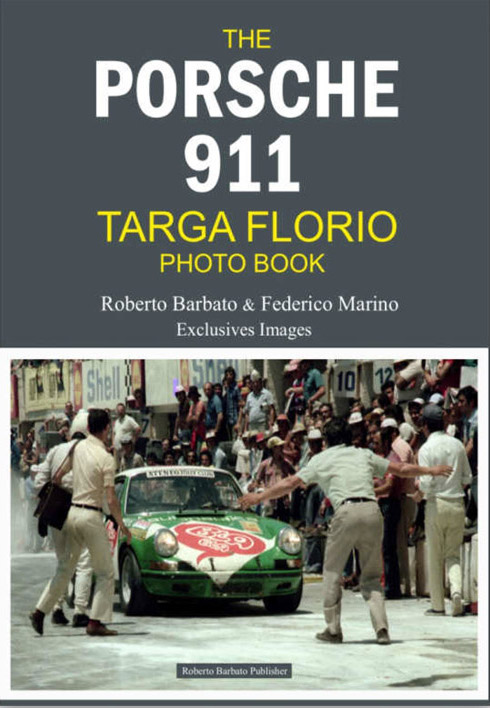 by Roberto Barbato & Federico Marino
by Roberto Barbato & Federico Marino
Bla bla.
Easy there, this is not what we think of the book but it’s the sponsor’s name—a local fashion shop, if you’re wondering—on the second-most successful 911 at the Targa Florio (shown on the cover). If this is news to you, pretty much everything in this book will be too, in which case it presents rather a challenge because it contains no text other than photo captions and results tables but says nothing about its purpose or contents or the event at large.
Well, one of Bla Bla’s drivers wrote the Foreword so there’s that. He does make one point that, while obvious, is worth pondering: local boys like him who drove those Sicilian mountain roads every day had home field advantage, which is a crucial factor because even in its shortest form, the aptly named Piccolo, it still had about 800–900 corners per lap! Throw in treacherous terrain and elevation changes large enough to encounter different climate zones and you understand why this event was considered one of the toughest competitions in Europe. The very fact that it was so dangerous for competitors and spectators alike caused it to be dropped by the FIA as a World Championship event in 1973 although it continued until 1977 as a non-championship race.
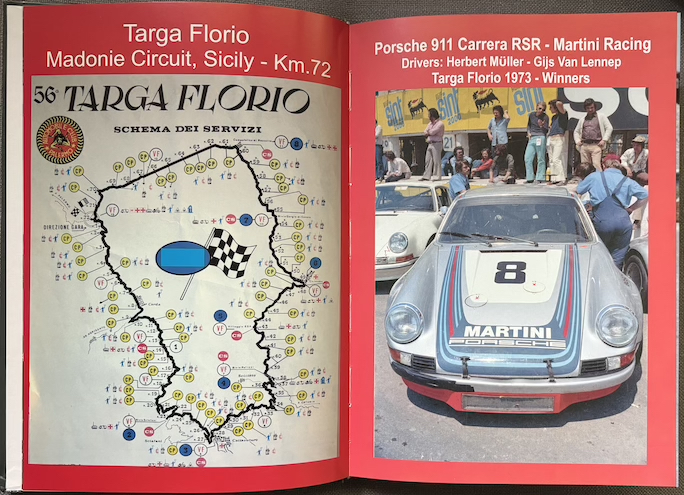
That there should be a book about the 911 at the world’s oldest motor race seems obvious enough because Porsche had a long history at the Targa Florio already before the 911 entered the picture. 911s competed consecutively from 1966 to 1977, the Targa’s 61st and final year, pocketing 11 overall victories which makes it the most successful marque. And there is just the right book to tell that story in the conventional way a motorsports book goes about its business: history, cars, drivers, highlights, results etc. That book is the most excellent 324-page honker Racing Demons – Porsche and the Targa Florio by Michael Keyser, Mark Koense and Enzo Manzo (ISBN 978-0615804408, good luck finding one at a decent price). In other words, not this book—but it does have something no other does: photos that have never been published before. [1]
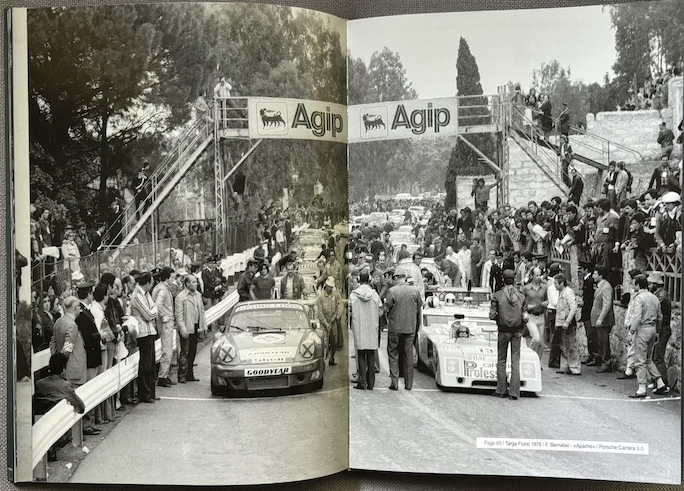
So much to take in! Photos like this will keep you busy for a while.
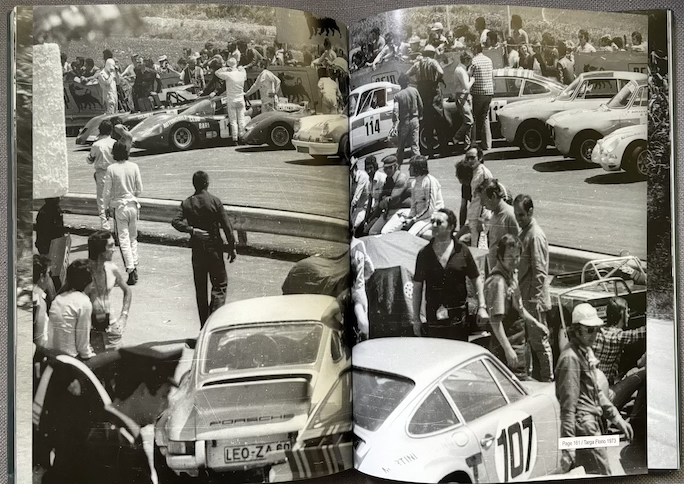
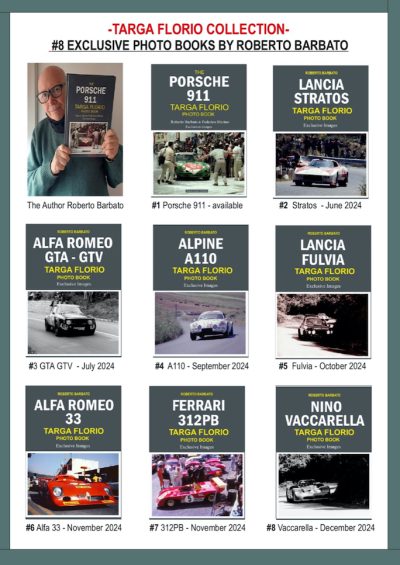 If 911s don’t ring your bell, there’s still plenty to see here—cars, people, competitors, Sicily, infrastructure etc.—even if you’re entirely on your own to make any discoveries and find dots to connect. People don’t seem to mind this sort of audience participation because Italian photographer Roberto Barbato (b. 1951) has already published nineteen similar books, about other marques and other events, and has seven more Targa Florio installments (right; and not only about cars, note Vaccarella) in the works just for the remainder of this year!
If 911s don’t ring your bell, there’s still plenty to see here—cars, people, competitors, Sicily, infrastructure etc.—even if you’re entirely on your own to make any discoveries and find dots to connect. People don’t seem to mind this sort of audience participation because Italian photographer Roberto Barbato (b. 1951) has already published nineteen similar books, about other marques and other events, and has seven more Targa Florio installments (right; and not only about cars, note Vaccarella) in the works just for the remainder of this year!
Why he started publishing these books relatively late in life, and why in all these years no one has ever nudged him to put more data into his books or seek a collaborator to do that is not known. Which is all the more puzzling since he’s worked as a reporter in different media (covering different forms of motorsport), taught in academia, and had photo exhibits all over the place and even founded, in 1982, the monthly motoring magazine Sicilia Motori. In other words, the concept of imparting information effectively cannot be foreign to him.
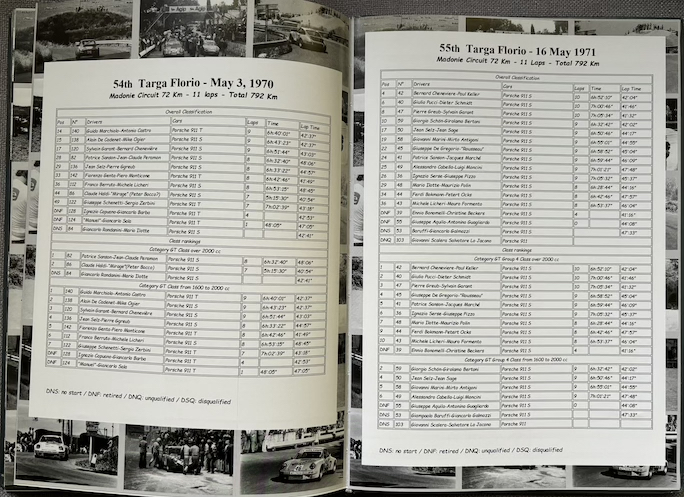
The results tables (1966 to 1977) have a legend of customary abbreviations. DNS—Did Not Start—usually means just that except that here a number of DNS entries have a time posted, which per the author is to be read as “Did Not Qualify” which is odd since the legend classifies that as its own separate category. It is of course conceivable that a car did post a qualifying time and afterwards expired or was withdrawn but then that scenario fits neither abbreviation.
Barbato says the source of the data is the official organizing body of the Targa.
What is known is that this 911 book was prompted and to some extent bankrolled by a name you might not even notice unless you pay attention to the frontmatter: Andrew Larson (who will handle US distribution), well known, as was his late father, in US collector car and vintage racing circles. Specifically, among the Porsches he owns is an ex Targa Florio 2.8 Carrera RSR, and in the course of researching its history he travelled to Palermo, home of the Assoczioni Amici della Targa Florio and also of Barbato and his bottomless photo archive.
Speaking of photos, the original negatives or transparencies have been professionally scanned and corrected but sparingly meaning some still have scratches and other blems. They are very nicely reproduced, printed on good paper, and bound into a sturdy hardcover. As the examples we used here demonstrate, most are printed across the full spread of ca. 16.5″ width which photo buffs will really appreciate (well, the flat spine means some detail is lost in the gutter). No shortcuts here, and it would a total waste to partake of this book in only electronic form.
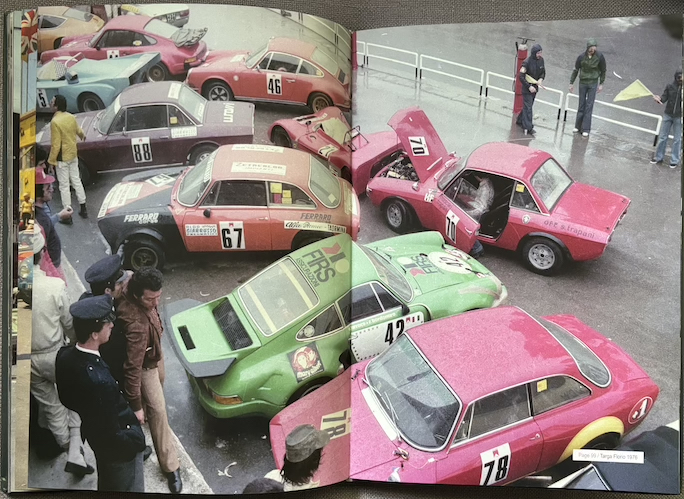
The following is not nitpicking but to manage expectations: there is no Table of Contents and no Index, no overarching narrative, and the photos are in no discernible order (not by car, by driver, or year); the photo captions will in most cases list year, driver, model of car, and team (but not race number) but sometimes only the year in which case, if the photo reveals a race number or driver name, you might be able to identify the car through the results tables. If you are more of a race historian than a 911 fanboy you will almost certainly need other books to puzzle things out.
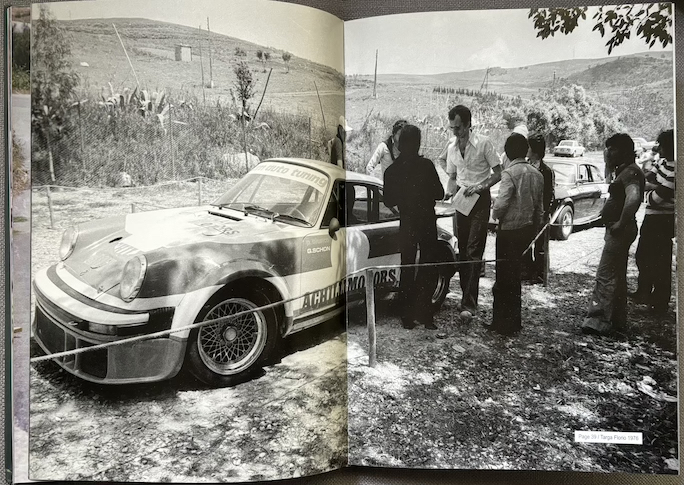
The caption only gives the year and even though the car has a roundel it has no number but the drivers’ names are visible so you will be able to find it in the results table for the respective year. That said, Barbato or Marino could have just provided that information in the caption and spared the reader the tedium (and save the spine from going floppy from all that paging back and forth).
Book collectors should note that while the title page is emblazoned with the words “Collector’s Edition” there aren’t any other/lesser editions nor is this one numbered/limited although it does come with a facsimile of the author’s signature.
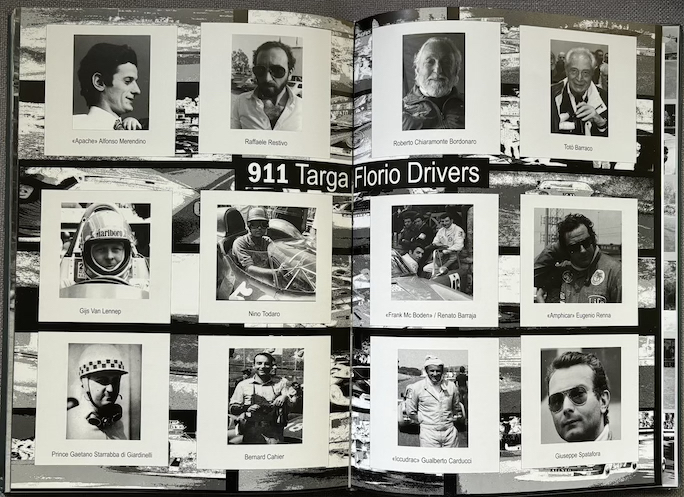
- [1] Two other good books are Targa Florio: 1955–1973 by Ed Heuvink and Bernard Cahier (McKlein, 2013). It is of broader scope but trilingual which limits the text. Then there’s the 100th anniversary book Targa Florio a 20th Century Epic: The Centenary Official Book published by Giorgio Nada in 2006.
Copyright 2024, Sabu Advani (Speedreaders.info)


 RSS Feed - Comments
RSS Feed - Comments

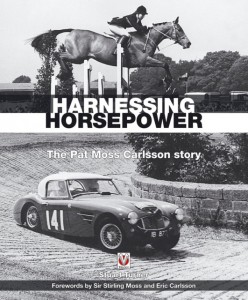
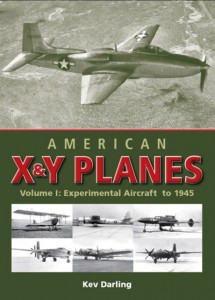
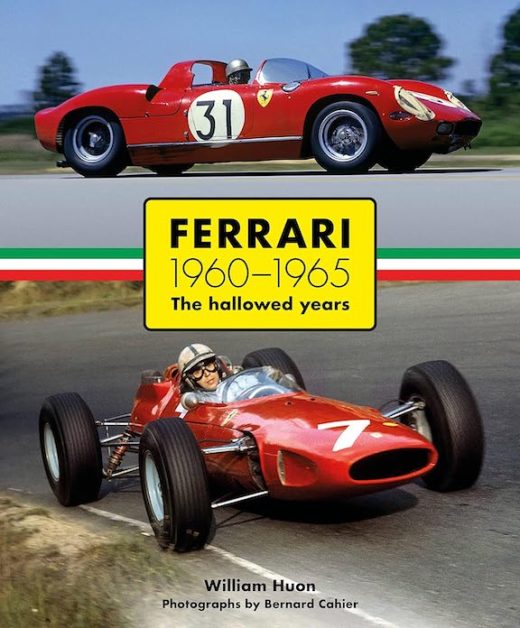
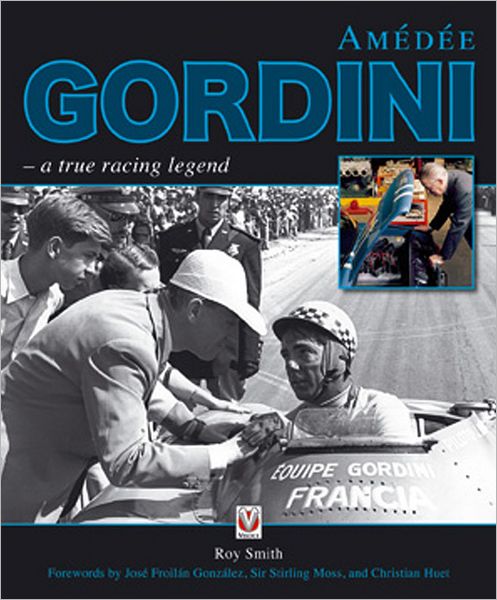

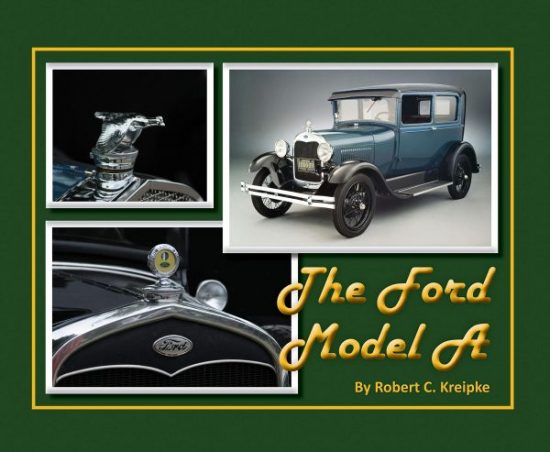
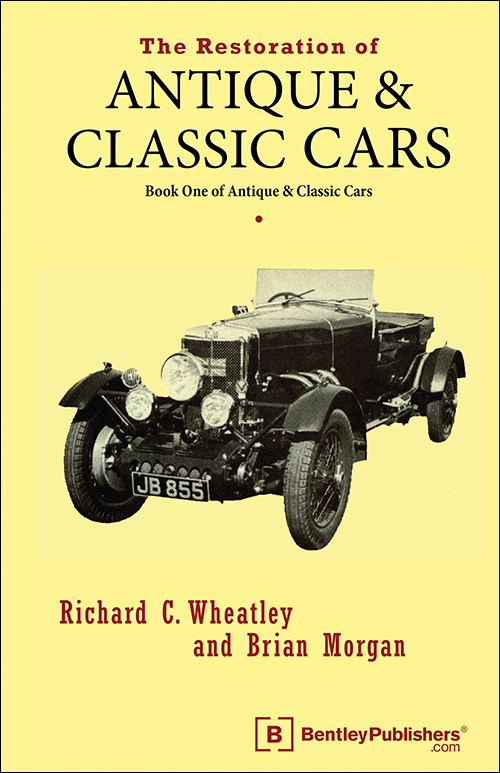
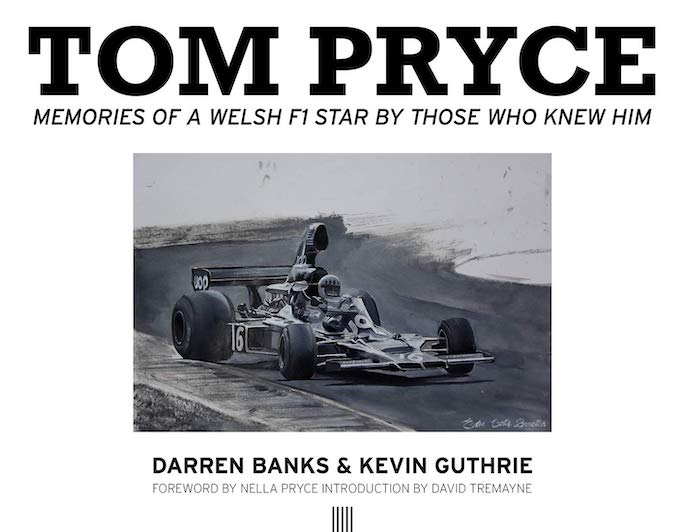
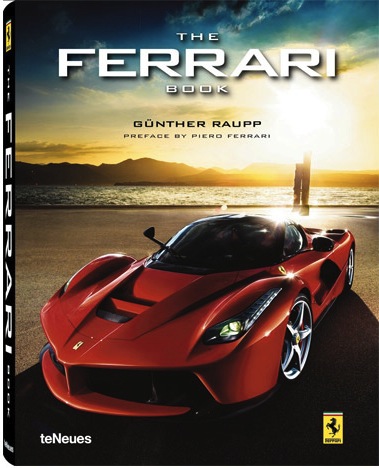
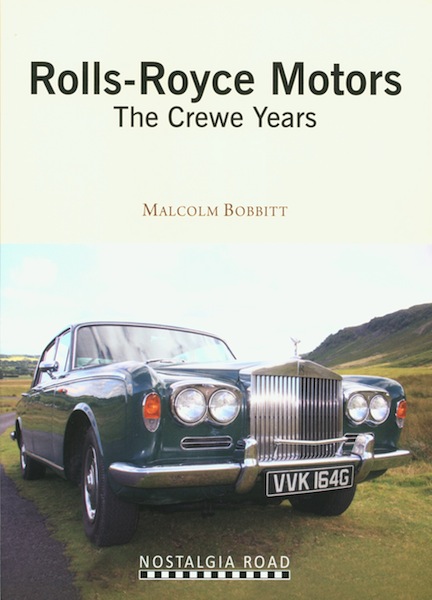
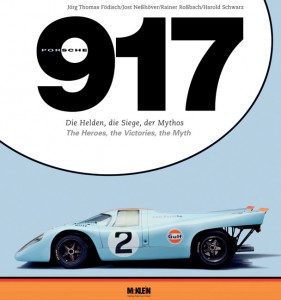
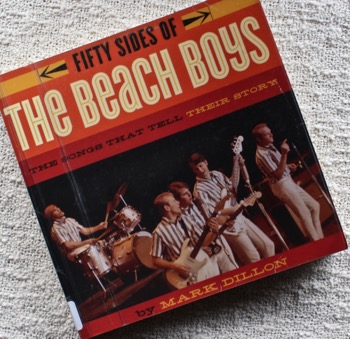
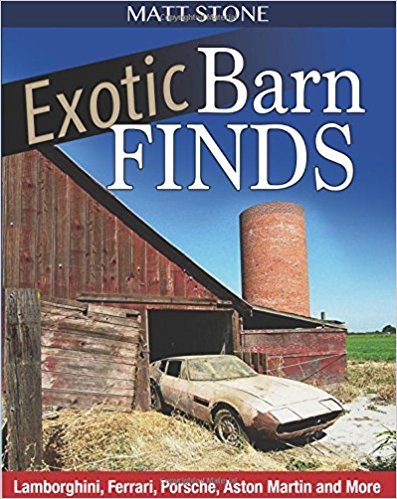

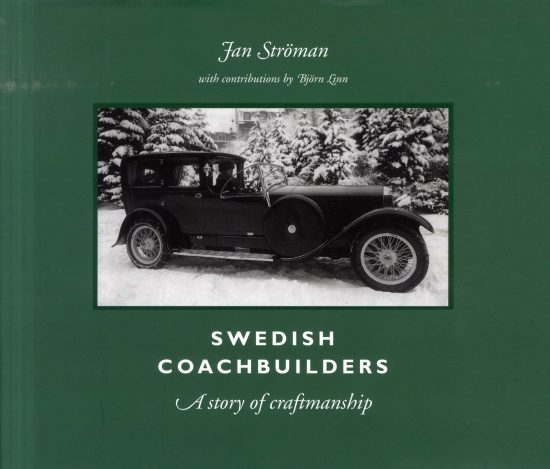
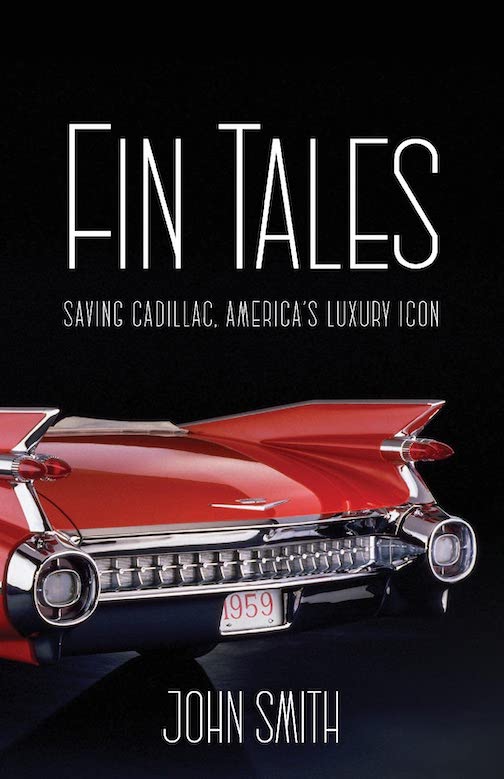
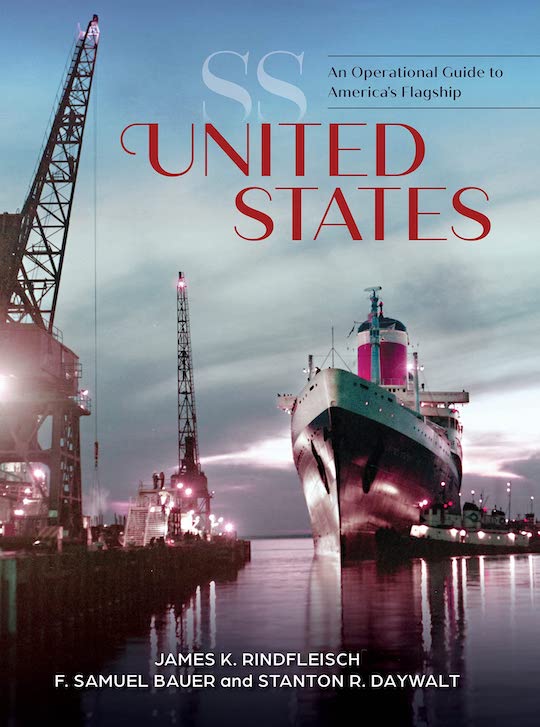
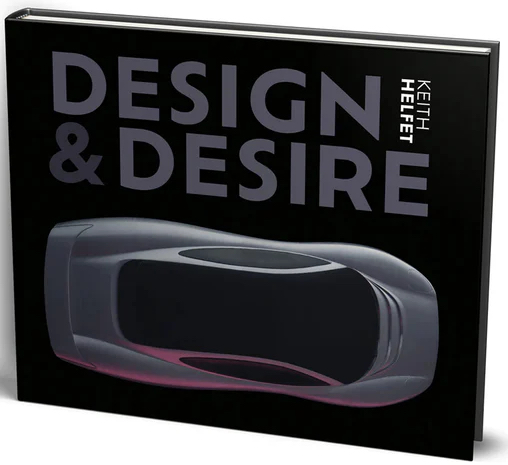
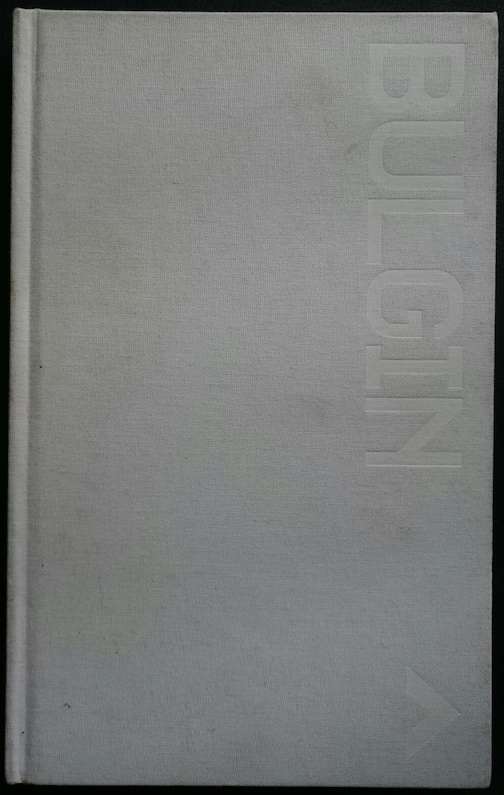
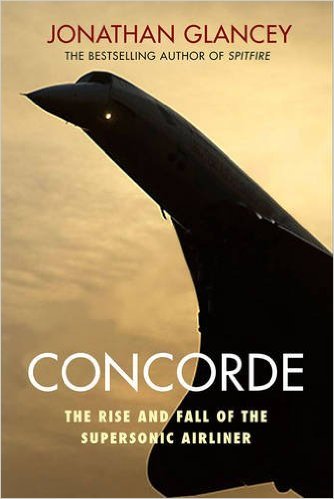
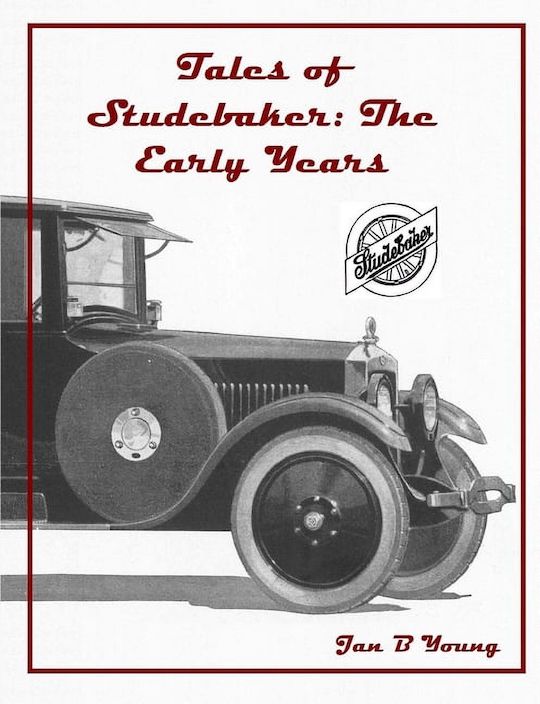
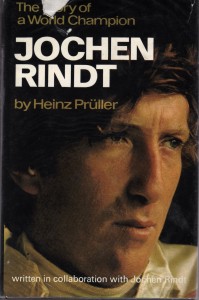
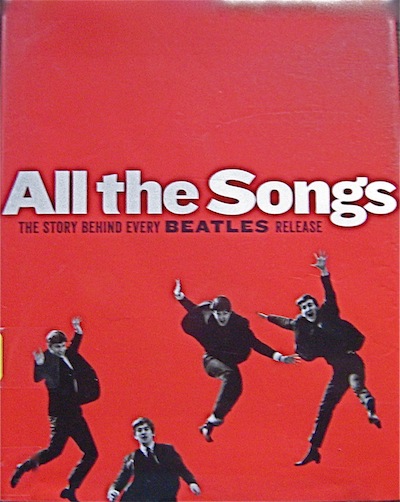
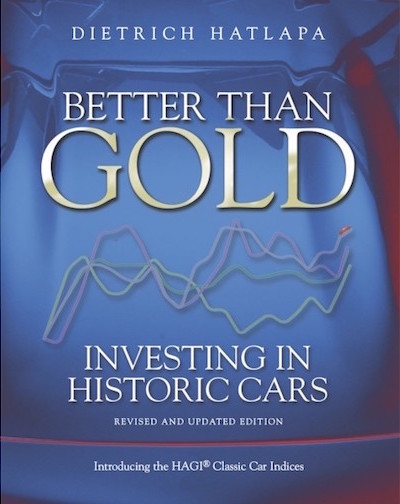

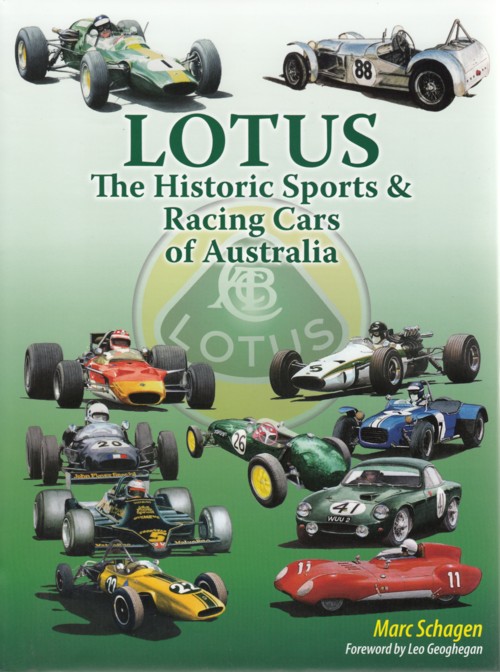
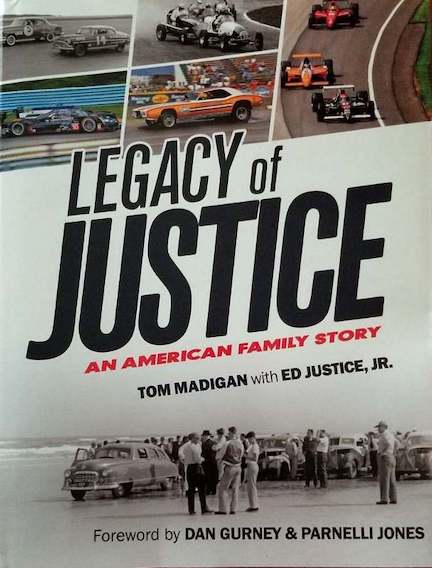
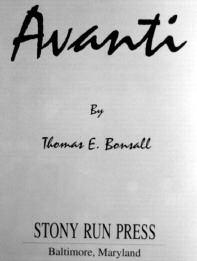
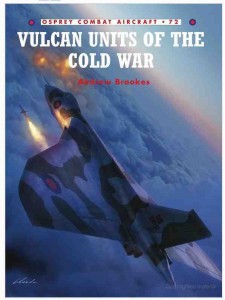
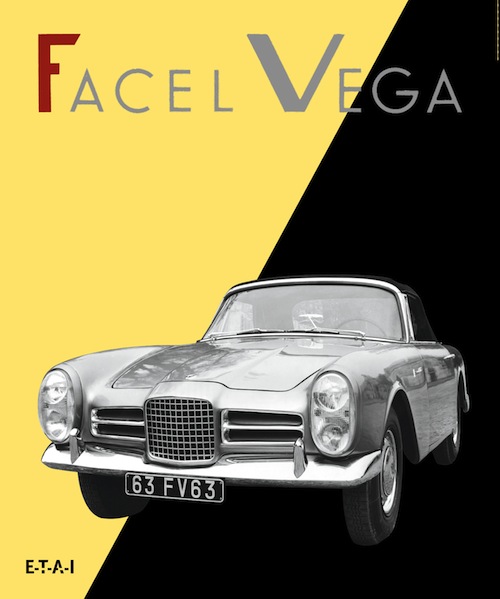
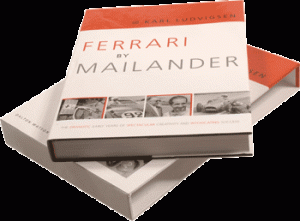
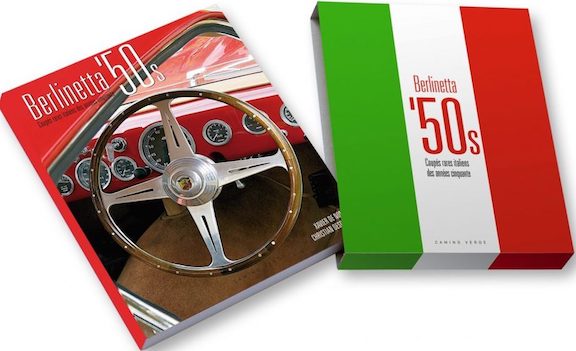
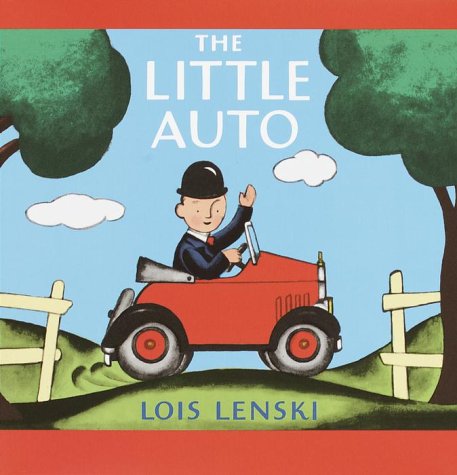
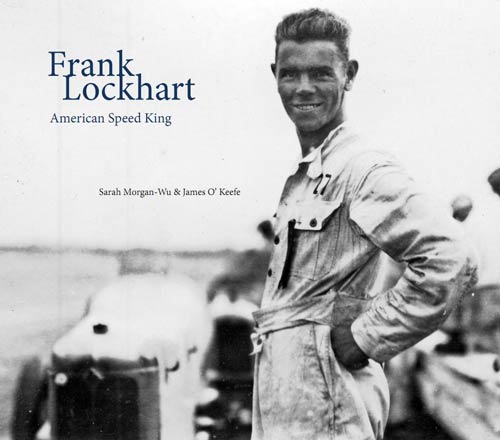
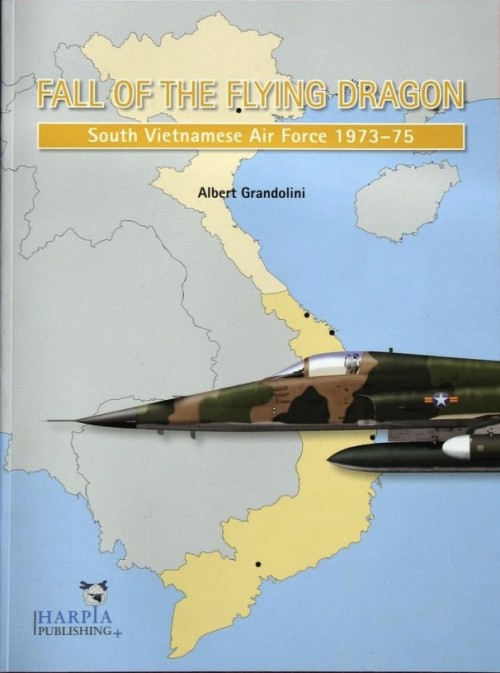
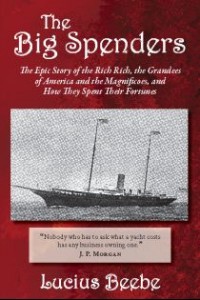
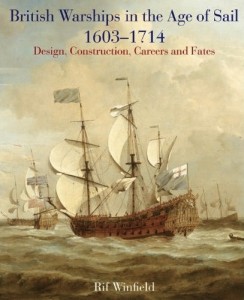
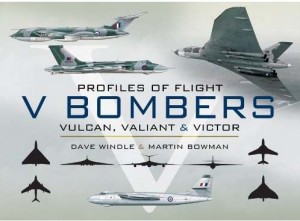
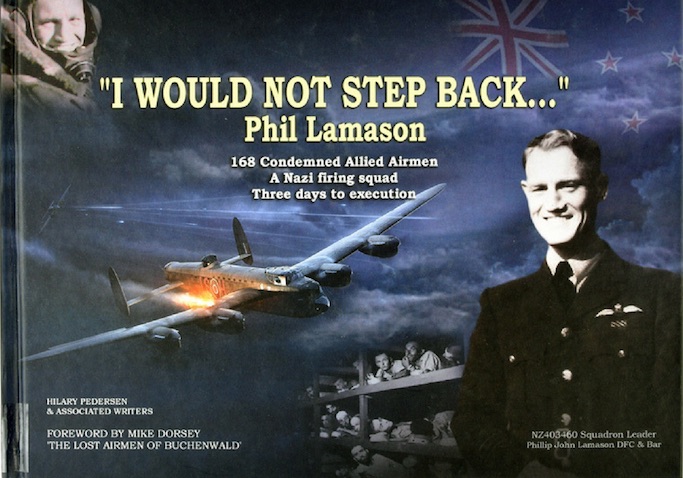
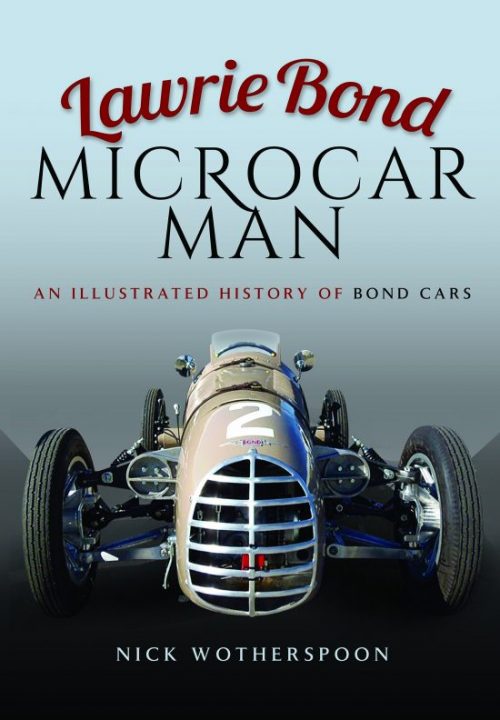
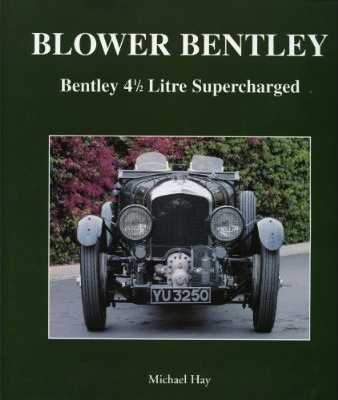
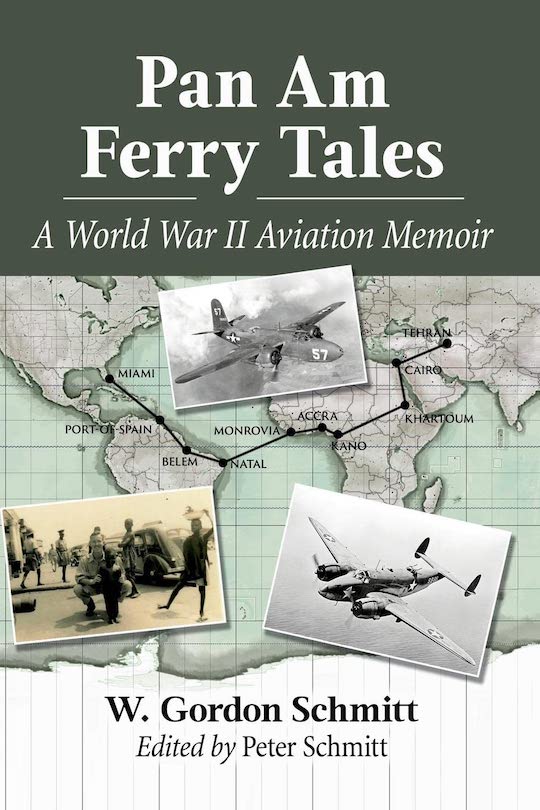
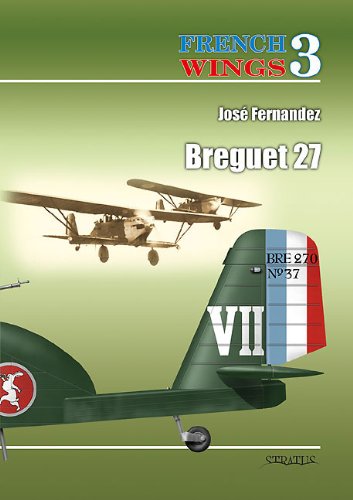
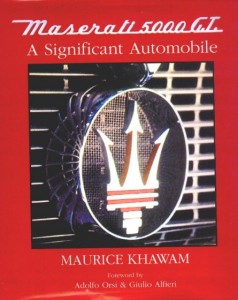
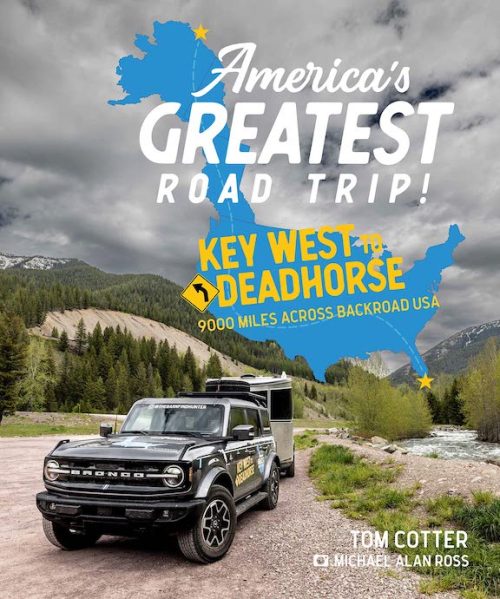
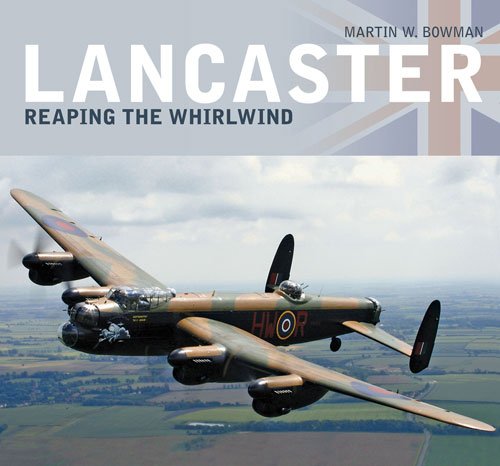
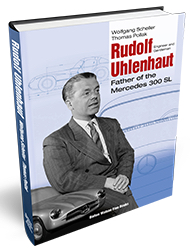



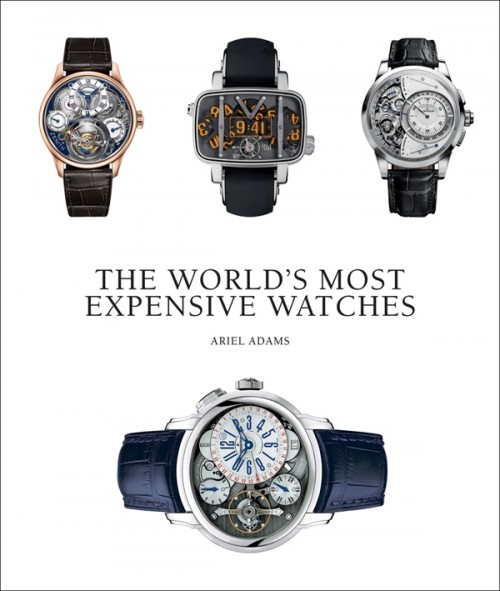
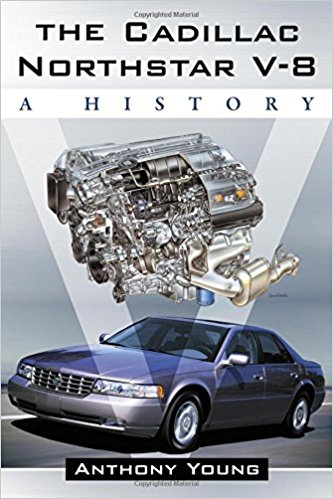
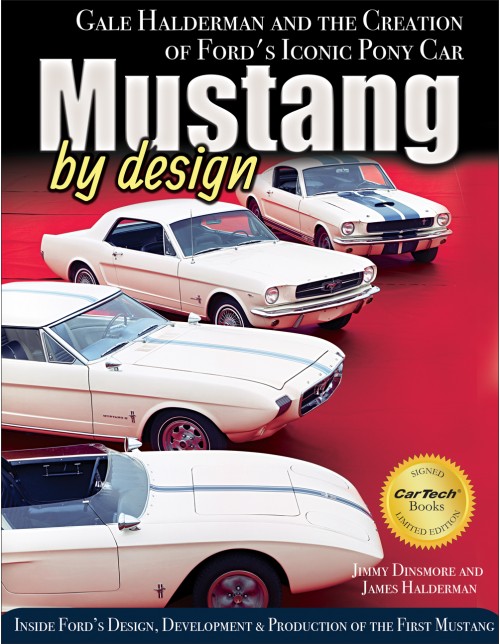
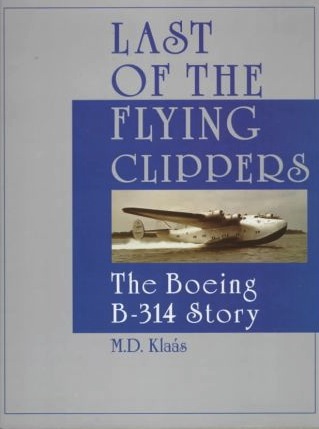
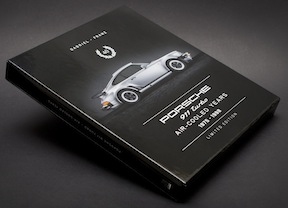
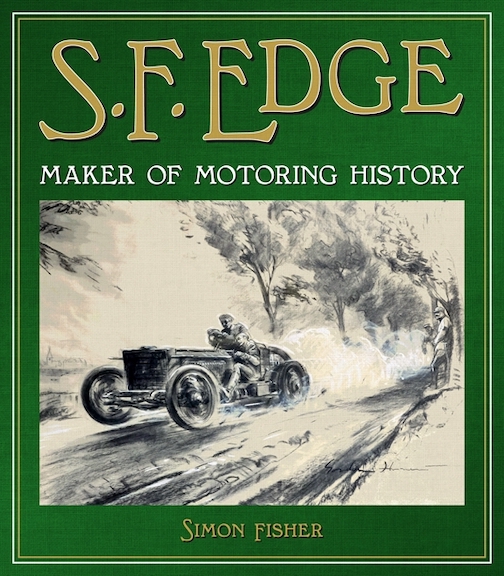
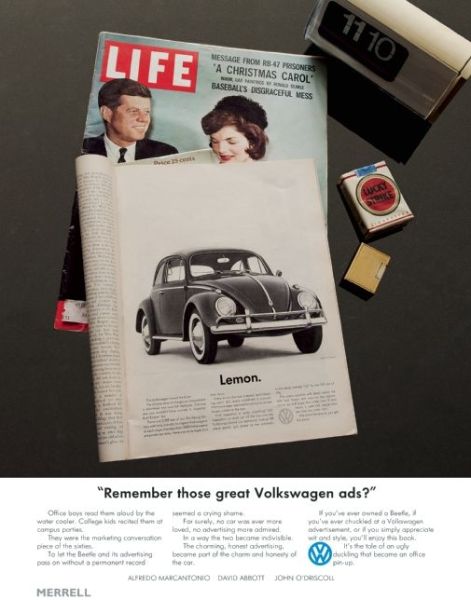
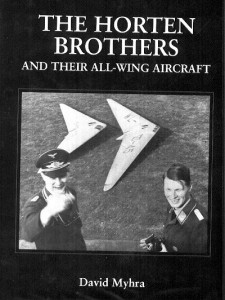

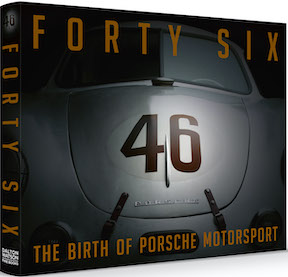
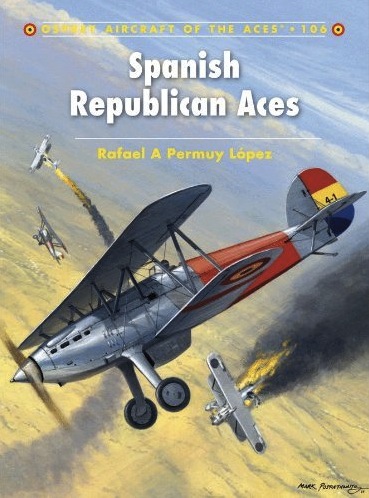
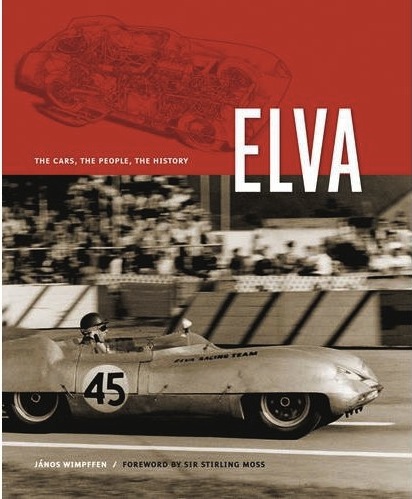

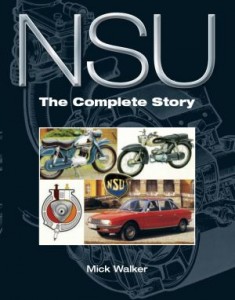
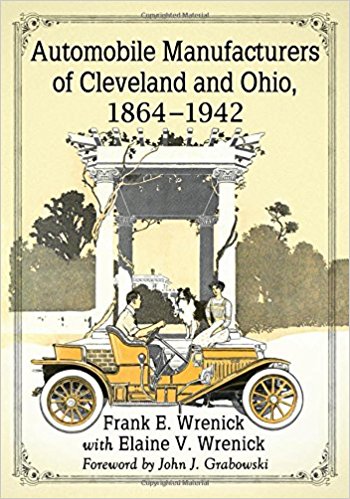
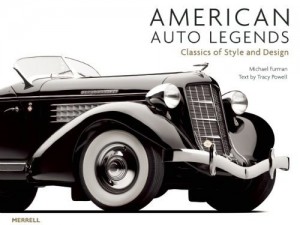
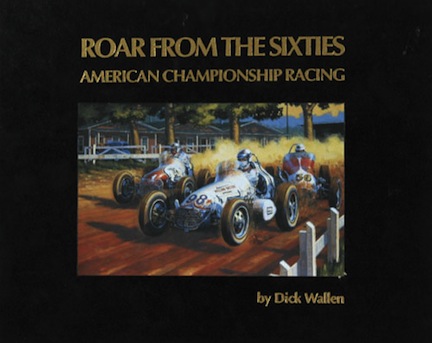

 Phone / Mail / Email
Phone / Mail / Email RSS Feed
RSS Feed Facebook
Facebook Twitter
Twitter